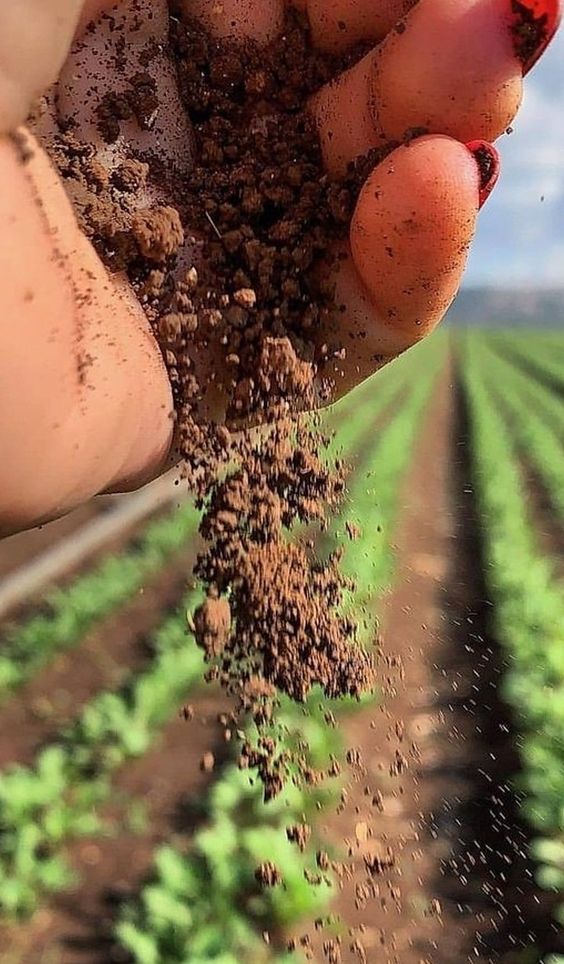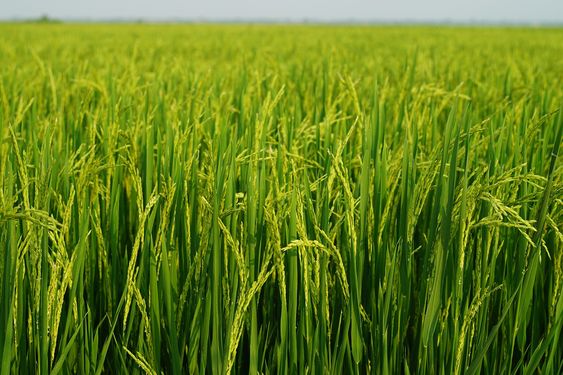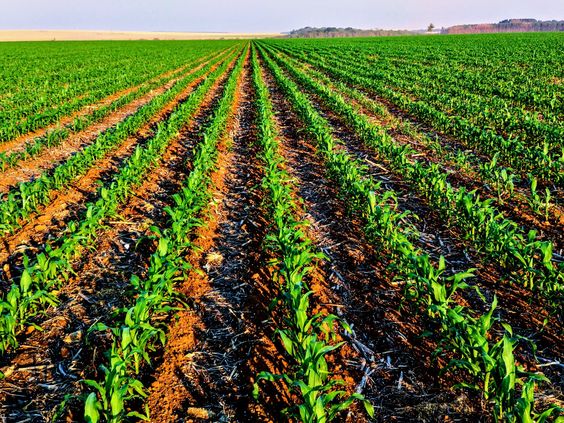Transforming the Agricultural Landscape: The Role of Agricultural Land Management in Smart Agriculture
Agricultural Land Management the rapidly evolving world of agriculture, the integration of technology and innovative practices is transforming traditional farming methods. This transition, often referred to as “smart agriculture,” leverages advanced technologies to enhance productivity, sustainability, and efficiency in agricultural operations. Central to this revolution is agricultural land management, a critical component that ensures the optimal use and conservation of farmland. This article explores the synergy between agricultural land management and smart agriculture, highlighting how this combination is reshaping the agricultural sector.
Agricultural land management involves a range of practices aimed at utilizing farmland efficiently while maintaining its health and productivity. This includes soil conservation, water management, crop rotation, and the integration of livestock. Effective land management practices are essential for sustaining agricultural productivity, improving soil fertility, and mitigating environmental impacts.
Contents
Smart Agriculture: A Technological Leap
Smart s, also known as precision agriculture, incorporates various technologies such as IoT (Internet of Things), AI (Artificial Intelligence), GPS (Global Positioning System), and remote sensing. These technologies provide farmers with real-time data and analytics, enabling them to make informed decisions about planting, irrigation, fertilization, and pest control. Smart agriculture aims to maximize yields, reduce resource waste, and promote sustainable farming practices.
The Intersection of Land Management and Smart Agriculture
- Precision Soil ManagementSmart agriculture technologies enable precise soil management through detailed soil mapping and monitoring. Sensors placed in the soil can measure moisture levels, pH, nutrient content, and temperature. This data helps farmers understand soil conditions in different parts of their fields, allowing for targeted interventions. For instance, they can apply fertilizers only where needed, reducing chemical usage and enhancing soil health.
- Efficient Water UseWater management is a crucial aspect of both land management and smart agriculture. Advanced irrigation systems equipped with sensors and automated controls can optimize water use by delivering the right amount of water at the right time. These systems can monitor weather conditions and soil moisture to adjust irrigation schedules, conserving water and ensuring crops receive adequate hydration.
- Sustainable Crop Rotation and DiversificationCrop rotation and diversification are traditional land management practices that enhance soil fertility and reduce pest and disease outbreaks. Smart agriculture tools can analyze historical crop data and predict the best rotation schedules. By integrating AI and machine learning, farmers can develop optimized crop plans that maintain soil health and improve yields over time.
- Integrated Pest ManagementManaging pests and diseases is vital for protecting crop health. Smart agriculture utilizes technologies such as drones and satellite imagery to monitor crop conditions and detect early signs of infestations. This allows for precise application of pesticides and biocontrol agents, minimizing chemical use and reducing environmental impact.
- Conservation Tillage PracticesConservation tillage is a land management practice that minimizes soil disturbance, preserving soil structure and organic matter. Smart agriculture technologies can guide farmers in implementing conservation tillage by providing data on soil compaction, moisture levels, and crop residue. This information helps in making decisions that support soil health and prevent erosion.
Case Studies and Examples
- The Netherlands: Pioneering Smart AgricultureThe Netherlands is renowned for its advanced agricultural practices. Dutch farmers use precision agriculture tools to manage their limited farmland efficiently. Through the use of GPS-guided tractors, automated greenhouses, and data-driven decision-making, they achieve high productivity with minimal environmental impact. This approach ensures sustainable land management and maximizes output on available land.
- India: Leveraging Mobile Technology for Land ManagementIn India, mobile technology is empowering smallholder farmers with information on land management practices. Mobile apps provide real-time data on weather, soil conditions, and crop health. Farmers receive tailored advice on irrigation, fertilization, and pest control, helping them manage their land more effectively and improve their livelihoods.
- United States: Integrating IoT for Water ManagementIn California, IoT-based systems are revolutionizing water management in agriculture. Smart irrigation systems equipped with sensors and real-time data analytics help farmers optimize water use amidst recurring droughts. These systems ensure that water resources are used efficiently, supporting sustainable agriculture in a challenging environment.
Challenges and Future Prospects Agricultural Land Management
While the integration of smart agriculture and Agricultural Land Management holds great promise, it also presents challenges. High initial costs, the need for technical expertise, and limited access to technology in remote areas can hinder adoption. However, ongoing advancements in technology, coupled with supportive policies and education initiatives, are addressing these barriers.
The future of agricultural land management in the context of smart agriculture looks promising. Emerging technologies such as blockchain for supply chain transparency, AI-driven predictive analytics, and advanced genetic engineering will further enhance the efficiency and sustainability of farming practices. Collaboration between governments, tech companies, and agricultural communities will be crucial in driving this transformation.
Conclusion: Agricultural Land Management
Agricultural Land Management is a cornerstone of sustainable and productive farming. When integrated with smart agriculture technologies, it creates a powerful synergy that optimizes resource use, enhances crop yields, and promotes environmental sustainability. As the agricultural sector continues to evolve, embracing these innovations will be essential for meeting the growing food demands of a burgeoning global population while safeguarding our natural resources. The journey towards a smarter, more sustainable agricultural future is well underway, promising a brighter and more resilient food system for generations to come.




